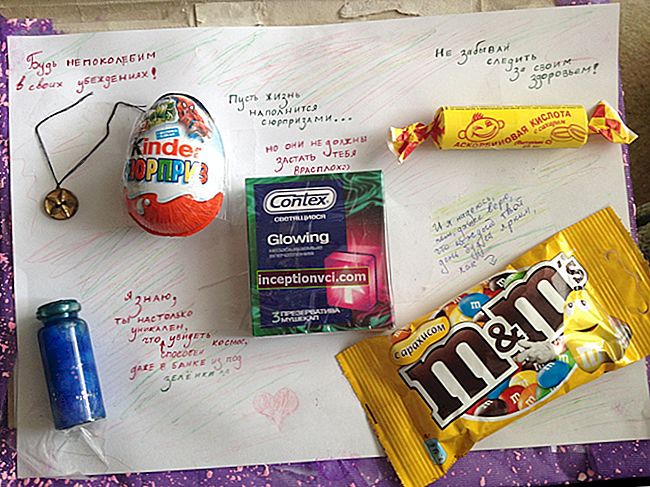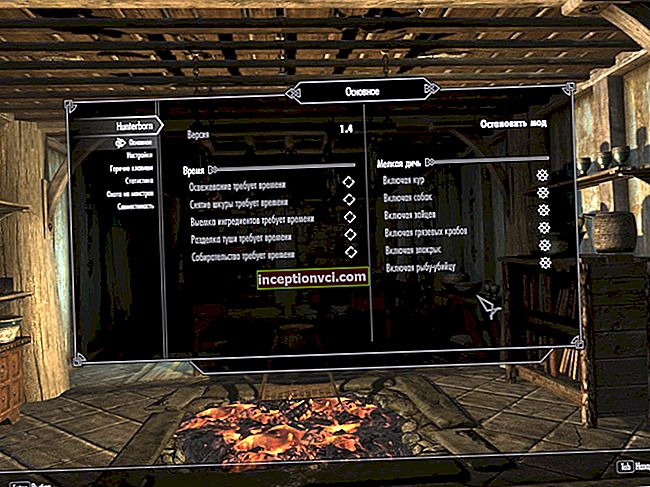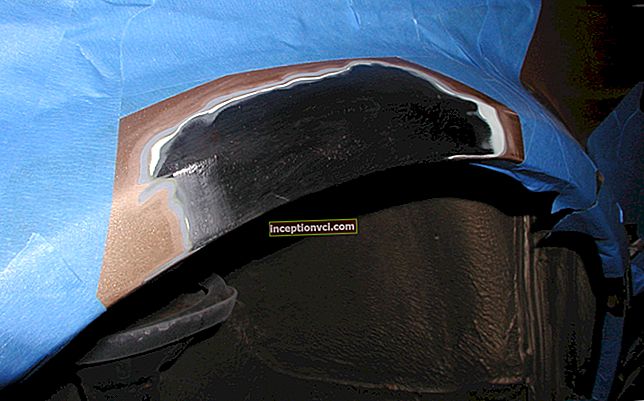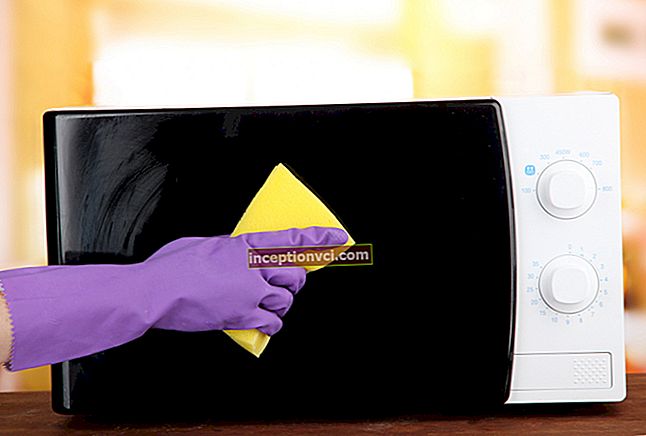Buying so-called "off-brand" products is a taboo for some photographers who will not even look at an accessory if it doesn't have Nikon or Canon listed on it. We all put our trust in these big brands, knowing we buy the best and taking their quality and reliability for granted. Today, many photography companies produce their best-selling models in the eastern region, but most likely not quite where we imagine.
So with that in mind, it might be worth looking at the less expensive brands, they may not be of inferior quality. You can only spend money once, which means you should always try to buy the best you can afford. I have always been a proponent of this approach, preferring to save money by spending a little more time searching to buy something of a higher quality. But during these tough times, it is definitely worth looking at less expensive alternatives.
The Nissin Speedlite Di622, a flash that challenges the quality of brands at a price of almost half the price, has thus caught the eye. Nissin devices have been on sale in the UK for several years, so it would be all the more interesting to study them.
Well, for starters, the Nissin Speedlite Di622 comes in a nice silver box with shiny lettering that looks pretty presentable. The flash is housed in a soft fabric bag. A stand is also available, allowing the device to be placed on a flat surface. The instruction is not made in a book that no one ever reads, but on one sheet, apparently, the manufacturers went the way of the sister of talent.
Build quality
It is immediately apparent that the flash gives you confidence. It has good weight and is made of a very smooth material that has no sharp edges or corners. The head turns and tilts easily and has very small clearances. The head pivots 90 degrees to the left and 150 degrees to the right, tilt is available from 40 to 90 degrees - all very smoothly. The battery compartment holds 4 standard size MN1500 batteries. The lid folds back nicely, but I found it easier to close it with two thumbs rather than one. The connection to the camera body is simple, it slides over the hot shoe and is fixed with a plastic screw. Looking ahead, I can say that after some time, the mount is still reliable, there are no backlashes.



Control
Many photographers prefer the controls to be as simple as possible and very easy to understand, without sacrificing functionality. Not all manufacturers manage to find a middle ground in this regard. Nissin has handled this problem well. At the front of the flash head, there is a standard pull-out wide-angle diffuser at the very top. However, a surprise awaits you when you pull out the diffuser. It turns out to be perfectly smooth, apparently to achieve better light reflection. At first glance, this is a useful revision, but the trouble is that he slides back and tries to hide when it is not required at all. On the back are all the controls: two white buttons, power on and mode switching, transparent Pilot test button, max to min power level and red TTL indicator.
The whole thing looks pretty thoughtful, the buttons are smooth and pleasant to the touch. From my point of view, everything is located perfectly, everything is clearly marked and does not cause any difficulties in use. You either work with TTL, or manually, and that's it. You will not be bothered by the menu with a lot of different settings, leading to bewilderment with the need to make a choice. If you just need a flash for work, then this is just a good option. There are, of course, features in Nikon Speedlight that don't get in the way, but you can work just as well without them.Subjectively, the control in this flash is valuable precisely because of its simplicity.

Specification
First of all, about the power. The Nissin Di622 has a guide number of 44 and is compatible with Nikon D40 through D200 (see full Nikon list below). The Di622 Nissin offers TTL auto exposure and 6-position manual selection. The Auto Zoom function works with a range of 24-105mm, and can be expanded to 16mm using a pull-out diffuser. It also offers FV lock, red-eye reduction, second-curtain sync and wireless remote control as focus assist. It's simple, but quite enough.

Exploitation
As already mentioned, the instructions are rather modest, but this may be the result of poor translation, because the description of some of the settings is not intelligible. Sadly, because it makes some operations difficult to understand. I pointed these errors out to distributors who assured me that they would take a look and fix them. As usual, it is worth reading the instructions, especially the guide number table, they are very useful for shooting with manual settings.
How does flash work? To turn it on or off, you must press and hold the Power button. The flash has a power saving function, it turns off automatically after 5 minutes, and goes into sleep mode after 30 minutes of inactivity. The recharge time to full power is about 5 seconds with conventional batteries which are a little slow, of course with more expensive batteries it will be faster. I think the recycling time is acceptable given the price, and the flash can fire up to 200 flashes.
Using the Di622 Nissin in TTL mode, which is important for most beginners, has proven itself to be a good thing. Several shots were taken in TTL mode with the D200 camera in the car, indoors and outdoors, to be thoroughly tested in various conditions. Indoors, the shots were evenly lit across the entire zoom range, and despite slightly more outdoor exposure on a bright sunny day, the results are very good overall. Plus, shooting in manual mode is very easy. Using the mode select button to increase or decrease power by one step has proven to be very accurate. It might slow things down a bit because you have to press the mode button from max to min to increase the power and then go back to max setting, however this is not a big problem once the getting used to it has passed.
Conclusion
Would you buy this flash for yourself after a detailed acquaintance? The answer is definitely yes. It is fair to say that this is a stripped-down version, slightly larger than the basic version of the flash, but this proposal carries all the key features that you would expect from a flash. Using the device in TTL mode gives good image quality, so most photographers would be very happy with these results when switching from a stock flash. Six manual steps are more than enough. The handset lacks the fine controls and features found in the flash menu, but it could be argued that not everyone needs them, or for that matter.
The quality of workmanship and build in the long term is not easy to assess, but the Di622 Nissin is well built, so it should withstand long-term use. Nissin has been manufacturing outbreaks for many years, so all of their years of research and development on products can be expected to help address any major issues and, for that matter, childhood illnesses. So if you are looking for a good mid-power main flash that delivers good performance, Nissin is for you. It is offered at very competitive prices compared to other brands and manufacturers that dominate the market. So if you're looking for a decent flash, forget the big brands and take some time to look towards Nissin.
The tested Nissin Di622N model is compatible with the following Nikon carcasses: Nikon D40, D40X, D50, D60, D70, D70s, D80, D200 and D300.









